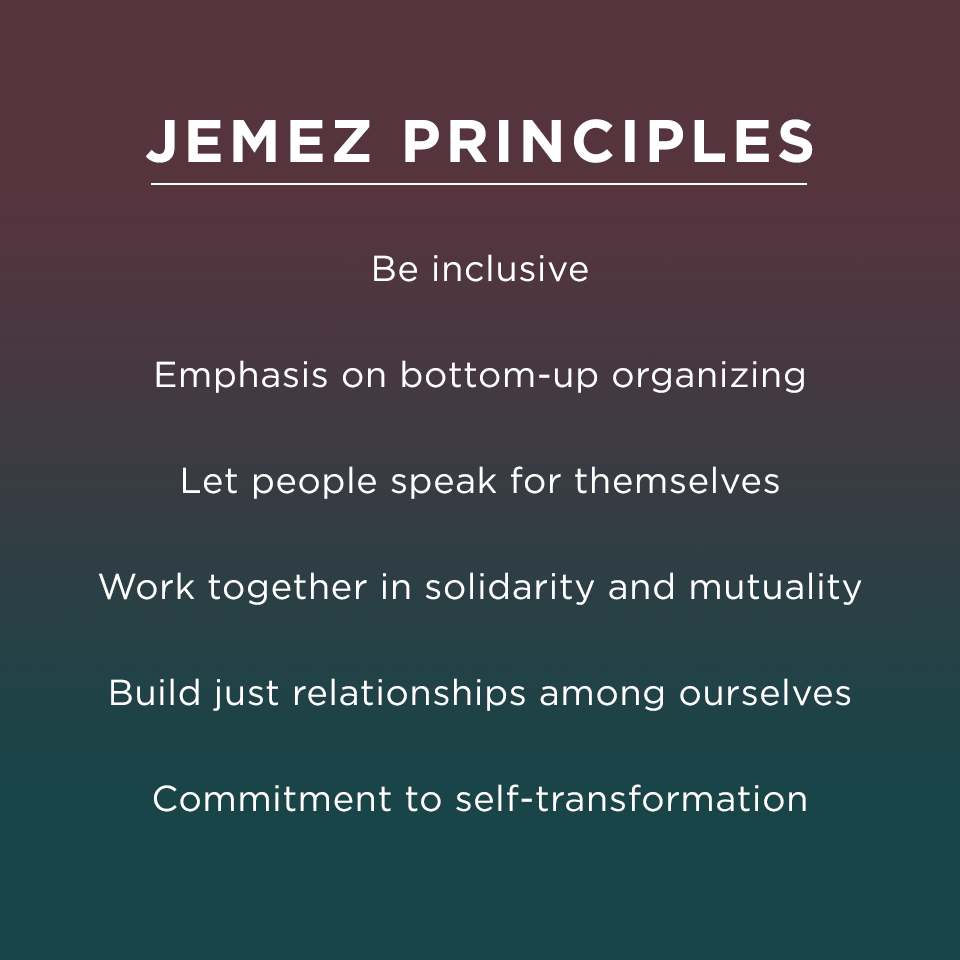
NCEL Blog
The Green New Deal for States: Part V
September 20, 2019 | This is the fifth part of a series covering how states are leading the way in achieving the broad goals outlined in Green New Deal. The series serves as an informative resource for legislators on a topic that has recently captured the public discourse on environmental policy. This is not an endorsement of the Green New Deal or its supporters.
Historically, people of color, minority, and low-income communities have been disproportionately impacted by industrial pollution and natural environmental hazards such as flooding. These communities have also historically lacked access to healthcare, green spaces, and healthy sources of nutrition. Taken together, these fundamental inequalities yield negative long term health and socio-economic consequences. In an era of a changing climate, emerging contaminants in our natural systems, and a rapidly evolving economy, these already sensitive frontline communities stand the most to lose without thoughtful policy action. Under the Green New Deal, thoughtful policy action means one thing – Environmental Justice.
Goal #5: Promote environmental justice and equity for frontline and vulnerable communities impacted by natural and man-made environmental hazards.
The federal government has been tasked with much of the work on environmental justice but states have a significant role to play too. Before getting into that let’s first start off with some definitions and concepts.
Definitions in Practice
The U.S. Environmental Protection Agency, on its website, defines environmental justice as “the fair treatment and meaningful involvement of all people regardless of race, color, national origin, or income, with respect to the development, implementation, and enforcement of environmental laws, regulations, and policies.” However, the means by which this definition is built into governance and policy-making, how environmental justice is carried out, is wide and varied.
In 1996, a set of guiding principles for democratic organizing was developed during a summit in Jemez, New Mexico with local environmental organizations representing communities of color. The Jemez Principles, as they are now called, outline six characters of an inclusive and just community-based movement:
As a community organizing guidance, the Jemez Principles also serve as a template for stakeholder engagement when developing policies – the how of carrying out environmental justice. Afterall, legislating is about constituent representation and serving the needs of those constituents.
In the framework of a Green New Deal, with its focus on a just economic transition and support for frontline communities, bringing the voices of those most affected by climate change to the table is key to successful policy. So what are some established models that track with this intention in the states?
Making Space and Setting Agendas
This year, the Illinois State House adopted H.R.0007 which sets an environmental justice agenda for the state. The resolution highlights the intersection between the impacts of environmental pollution on health and economic mobility and states that underlying social inequalities can exacerbate those impacts, if not cause them outright. As a statement, resolutions like this can help hold governments accountable to an agreed-upon set of institutional values and goals for supporting disadvantaged portions of the population.
Along the lines of setting institutional values, a helpful document to draw inspiration from is Executive Order 12898, a landmark federal guidance signed by President Clinton in 1994. The Order directed every federal agency to develop an environmental justice strategy that “identifies and addresses disproportionately high and adverse human health or environmental effects of its programs, policies, and activities on minority populations and low-income populations.” An interagency working group was also created to help coordinate this effort across the federal government.
Oregon has a good example of a state level effort reflective of the 1994 Executive Order’s intent. In 2007, the state legislature passed SB 420 which formalized justice and equity considerations into law by prescribing steps to improve public participation in state environmental policy. The law also created an Environmental Justice Task Force to advise the Governor and natural resource agencies and to meet with EJ communities across the state to understand local concerns. Other states are leading comparable environmental justice work. This year, New York introduced A.1564/S.2385 to create a permanent environmental justice advisory group to “ensure that no group of people…bears a disproportionate share of the negative environmental consequences resulting from industrial, municipal, and commercial operations or the execution of federal, state, local, and tribal programs and policies.”
Takeaways:
The most important thing to remember is that environmental justice action is about being inclusive, ensuring that marginalized voices are heard and have a seat at the table on the decisions that will impact them. Even after legislation is passed and goals are set for your state, you can ensure that how those policies are structured and implemented involve community voices. Think of environmental justice as a promise, one to be responsive to the needs of constituents throughout the policy process and lift them up. Beyond the goals of tackling climate change and creating a green economy, what may be the true vision of the future the GND framework is offering is in ensuring all persons, regardless of their color, heritage, or economic status, know their voices are important and that they have a role to play in tackling the challenges of our time.
Please be sure check out our environmental justice page for more info on issues impacting communities, a list of active EJ advocacy organizations, and to learn about models and strategies for making more environmentally conscious and just policy decisions. My colleague Altinay Karasapan, our Environmental Health Coordinator, also posted a great blog about these principles in action.
